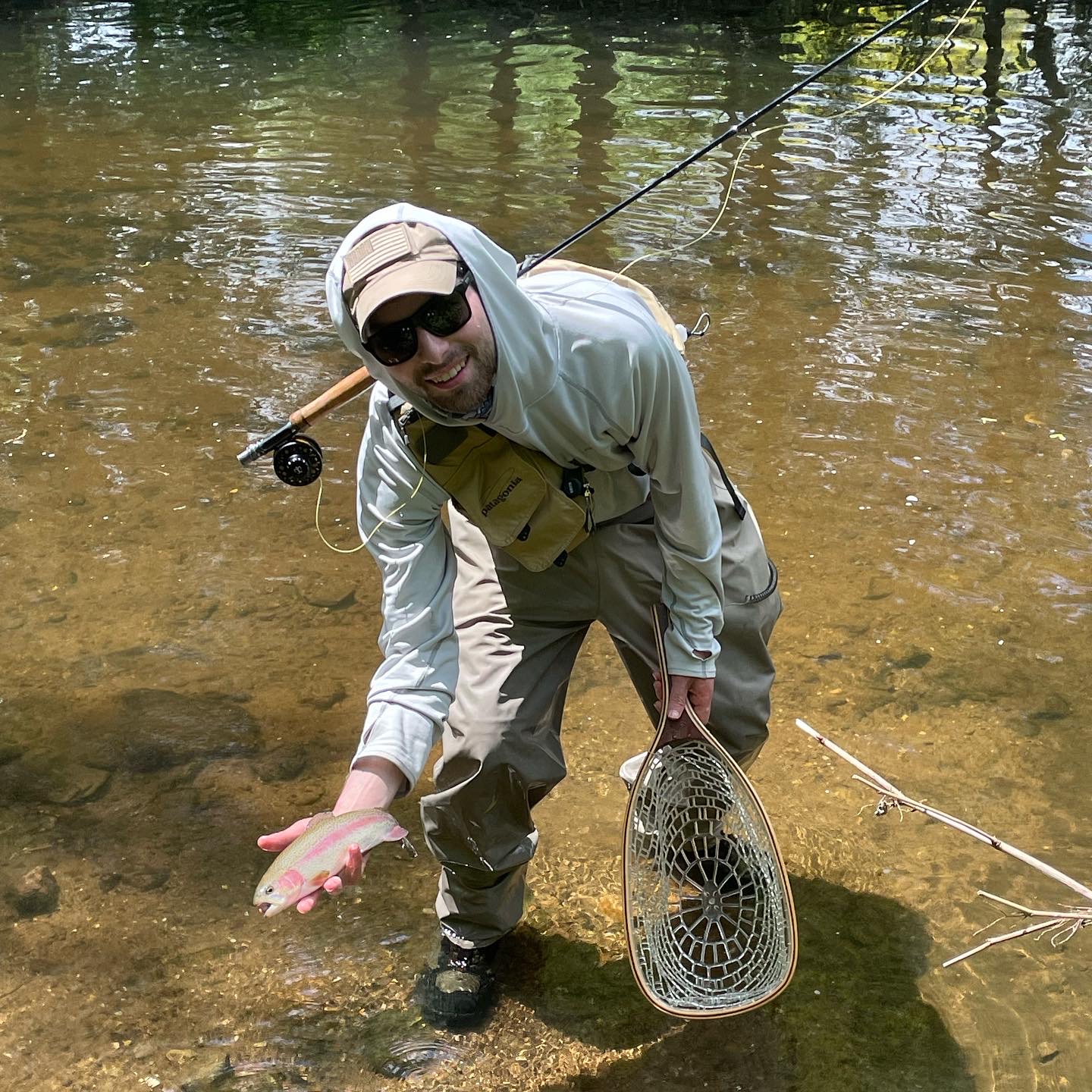The Precious Layer Beneath: Understanding the Importance and Vulnerability of Topsoil
- Kevin Bombace

- Jul 8, 2023
- 2 min read
Beneath our feet lies a hidden treasure that sustains life and nourishes our crops: topsoil. This thin layer of soil holds immense importance in supporting healthy plant growth and maintaining a thriving ecosystem. However, factors such as runoff, historical events, and current agricultural practices pose significant threats to its integrity. In this blog post, we will delve into the significance of topsoil, explore how runoff impacts its health, examine historical examples of topsoil degradation, and emphasize the urgent need to prioritize soil conservation in the agriculture industry.
The Importance of Topsoil:
Topsoil is vital for agriculture, serving as the fertile layer where plants find their sustenance. It is rich in organic matter, nutrients, and beneficial microorganisms that contribute to plant growth. Topsoil retains water, regulates soil temperature, and provides a hospitable environment for roots. Additionally, it acts as a carbon sink, playing a crucial role in mitigating climate change by sequestering atmospheric carbon.
Runoff and its Impact on Topsoil:
Runoff, primarily caused by excessive rainfall, improper land management, and urbanization, poses a significant threat to topsoil health. When water flows over the soil surface, it carries away precious topsoil particles, eroding its structure and depleting its nutrients. Runoff also transports pollutants, such as fertilizers and pesticides, into water bodies, contributing to environmental degradation.
Historical Examples of Topsoil Degradation:
During the early wars in the United States, the practice of burning crops and clearing land without proper erosion control measures led to severe topsoil erosion. The Dust Bowl in the 1930s was another tragic example, where drought, over-plowing, and monoculture farming practices caused widespread erosion, depleting valuable topsoil and displacing communities. These historical events serve as reminders of the devastating consequences of neglecting soil conservation.
The Fragile Future: Understanding the Limited Supply of Topsoil:
Recent studies estimate that the United States has approximately 60 years of topsoil left if erosion rates continue unchecked. This alarming fact underscores the urgency to prioritize soil conservation and adopt sustainable agricultural practices. With a growing population and increasing demand for food, it is crucial to recognize the critical role topsoil plays in maintaining food security, ecosystem health, and climate resilience.
Topsoil, the delicate layer that sustains life, is facing imminent threats from runoff, historical events, and unsustainable farming practices. Understanding the importance of topsoil in supporting agriculture, mitigating climate change, and maintaining ecosystem health is paramount. As stewards of the land, it is our responsibility to prioritize soil conservation efforts, promote sustainable agricultural practices, and invest in research and education. By nurturing and protecting our topsoil, we ensure a resilient and sustainable future for generations to come. Let us recognize the urgent need to act and advocate for a harmonious relationship between agriculture, soil health, and environmental stewardship.

Comments